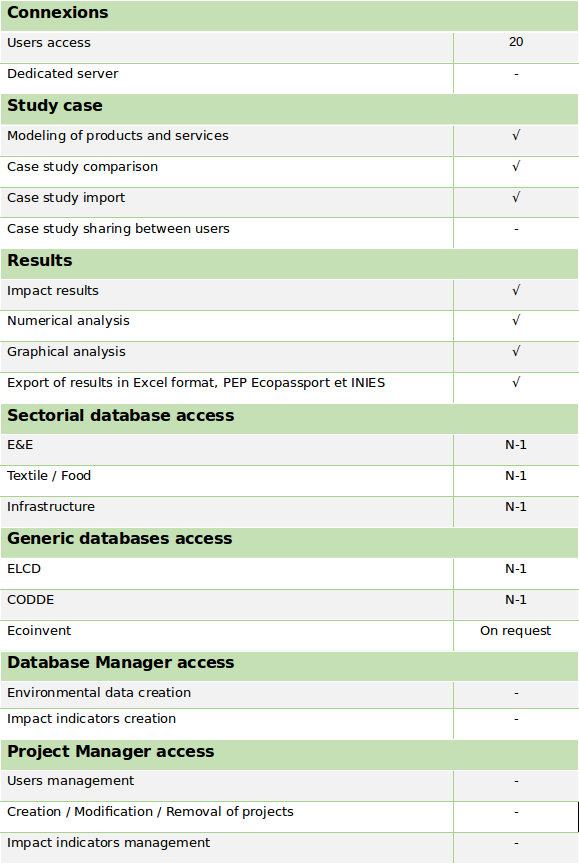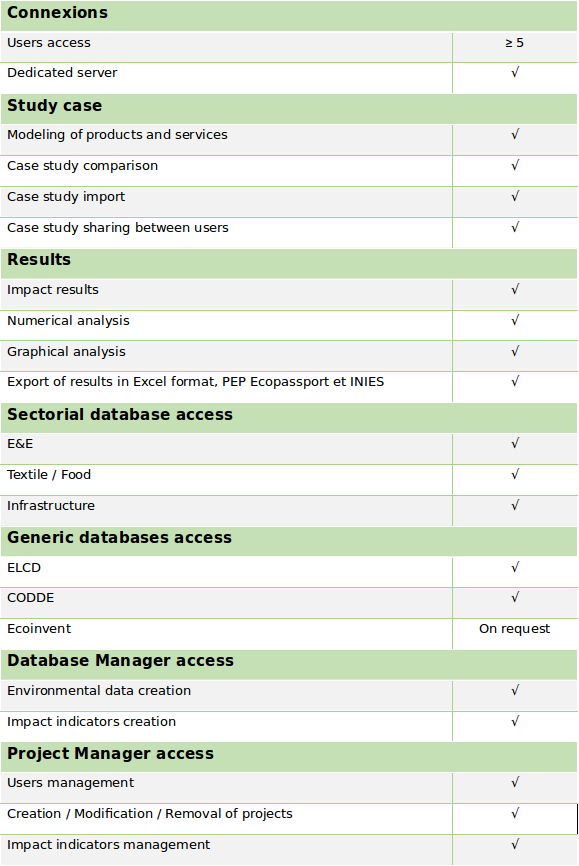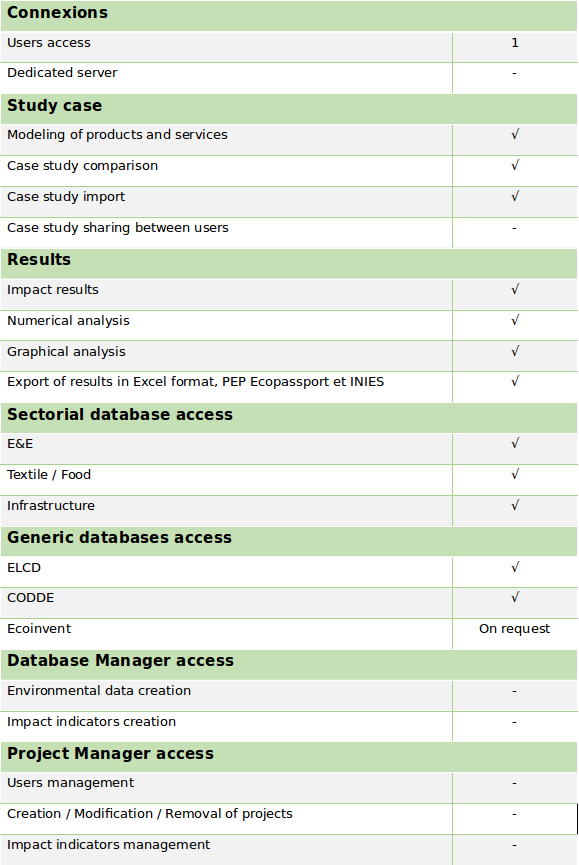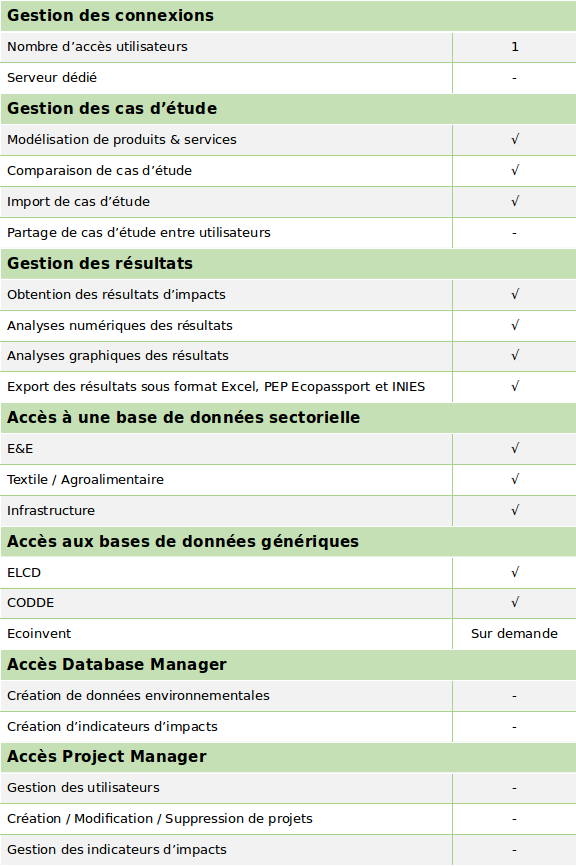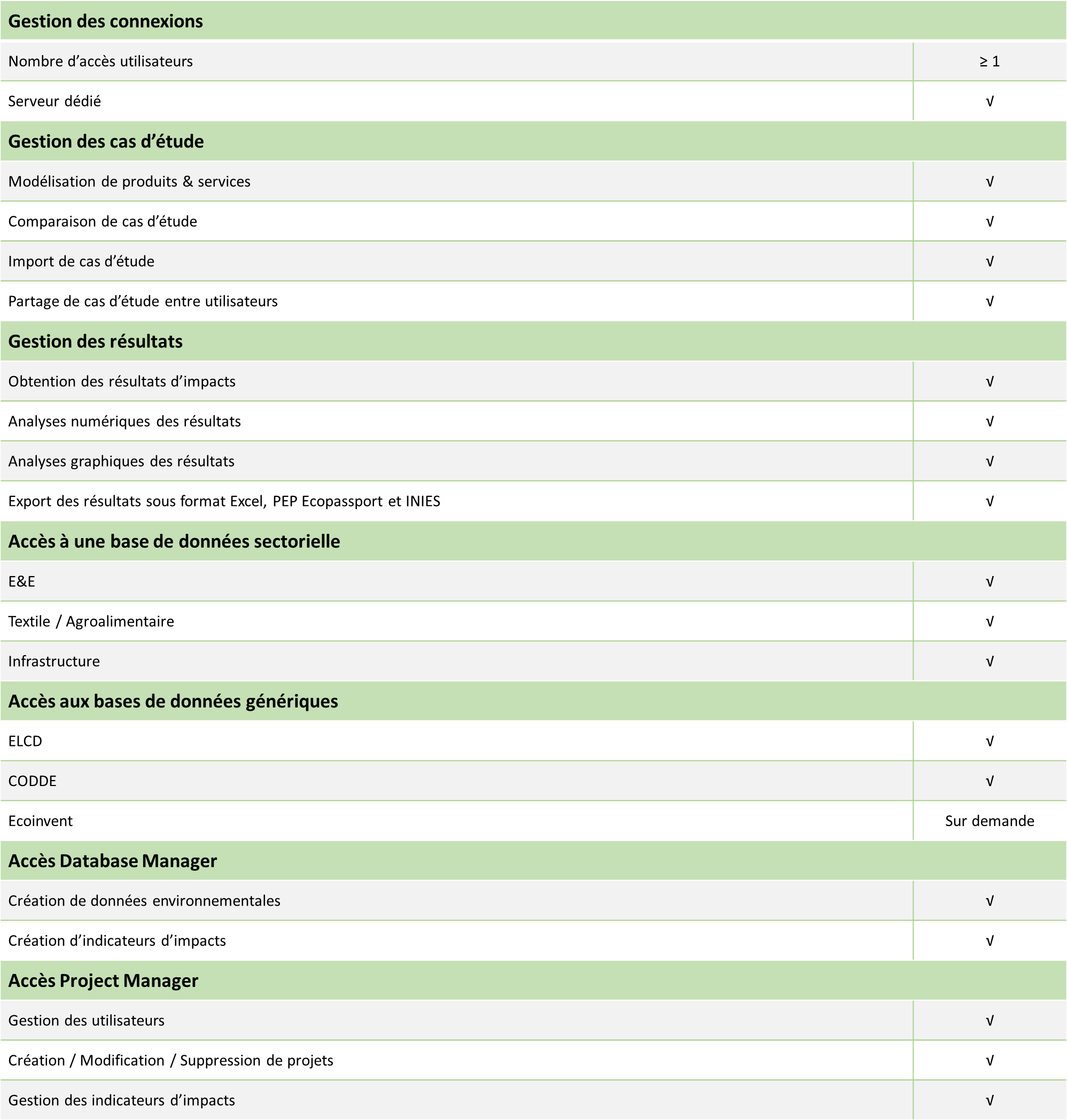Sustainable Product Initiave (SPI)
On March 30, 2022, the European Commission presented the outlines of a new environmental strategy aimed at promoting the development and marketing of eco-designed products: the Sustainable Product Initiative (SPI). This new roadmap, which should be seen as an overhaul of the Ecodesign Regulation applicable to energy-related products (ErP) dating from 2009[1], has 4 objectives::
- Improve sustainability of product,
- Access product environmental information more easily throughout the supply chain,
- Encourage more sustainable products and business models to improve value retention,
- Improve the application of the legislative framework for sustainable products.
Work items
To implement this new roadmap, the European Commission suggests working on 6 themes:
- Extension of the scope of Ecodesign legislation (ErP)
- Extension of sustanaibility requirements for products
- Sustainability information for consumers
- Reward more sustainable products with incentives
- Measures for circular economy and value retention
- Reinforced application of the ecodesign framework
Each theme is associated with concrete solutions presenting different degrees of application, classified from the most conservative scenario to the most ambitious. For example, for the topic "1. Extending the scope of Ecodesign legislation", the European Commission suggests extending the scope of this legislation to a limited number of priority products (level a) , to all physical goods (level b) or to all physical goods and services (level c).
All of these solutions will be discussed by the European Commission and stakeholders over the 2022-2024 period.
The options offered
The currently preferred solutions are:
- Option 2b: Extension of ecodesign legislation to all physical goods, including priority products: energy-related products, textile products, etc..
- Option 3b: Increased durability requirements. This option improves durability requirements for products covered by SPI measures. Requirements for durability, reparability, recycled content, recycling, etc. are added.
- Option 4b: Creation of a European digital passport for products. This digital passport would make environmental information on the entire product supply chain accessible to consumers.
- Option 5b: Establishment of economic incentives for sustainable products. The European Commission requires Member States to put in place economic and reputational incentives.
- Option 6b: Promote retention and maximization of value on a European scale. Guidelines on supporting the circular economy would be provided, including a ban on the destruction of unsold consumer products.
- Option 7b: Strengthen the application of the ecodesign framework through European market surveillance. The objective of this option is to increase the monitoring of compliance with the SPI by the Market Surveillance Authorities (MSA).
Interaction between SPI and PEF
The European Commission plans to include the PEF methodology in the implementation of the Sustainable Product Initiative when the results of an LCA study will be necessary (eg: labelling to consumers, reduction of the impact on the climate of products, European digital passport, etc.). However, there are currently no plans to generalize PEF and other alternatives are being studied and will be accepted, in particular:
- For energy-related products where the use consumption phase is predominant, targeted indicators may be studied (eg: energy efficiency, traceability of natural resources, etc.)
- For product categories not covered by PEF, other methodologies or standards could be accepted, or developed if necessary. For the sake of consistency, all of these methodologies should gradually converge towards PEF.
What you must remember
The Sustainable Product Initiative brings a new dynamic to the Ecodesign Regulation. Thanks to the speech of the European Commission, we have a reaffirmation that the companies which have launched, or are about to start, an environmental approach based on LCA, eco-design or the realization of EPD have chosen the right approach.
For more information:
- Download the infographic «Making sustainable products the norm in Europe»
- See the official webpage
[1] Directive 2009/125/EC establishing a framework for the setting ecodesign requirements for energy-related products
April 2022
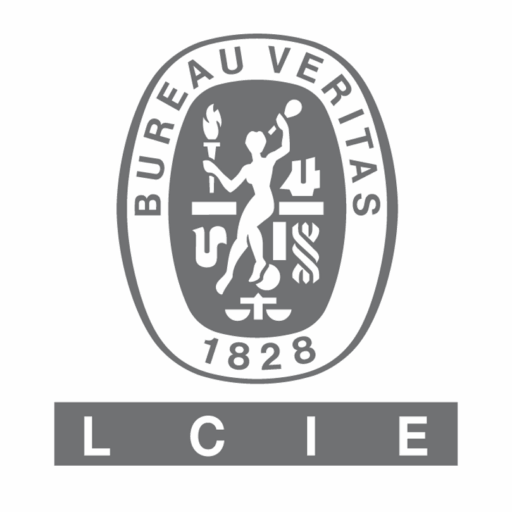

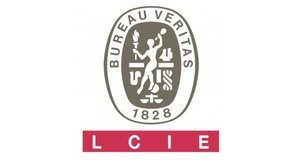

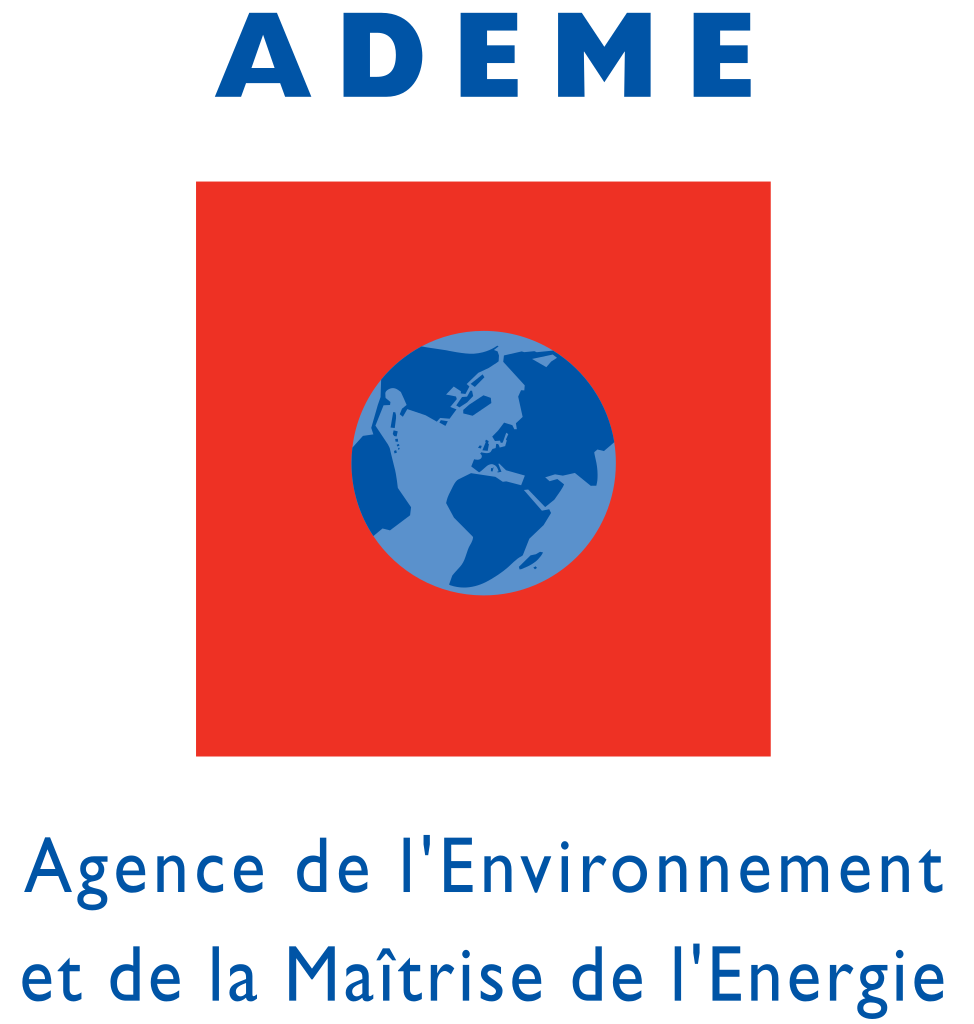

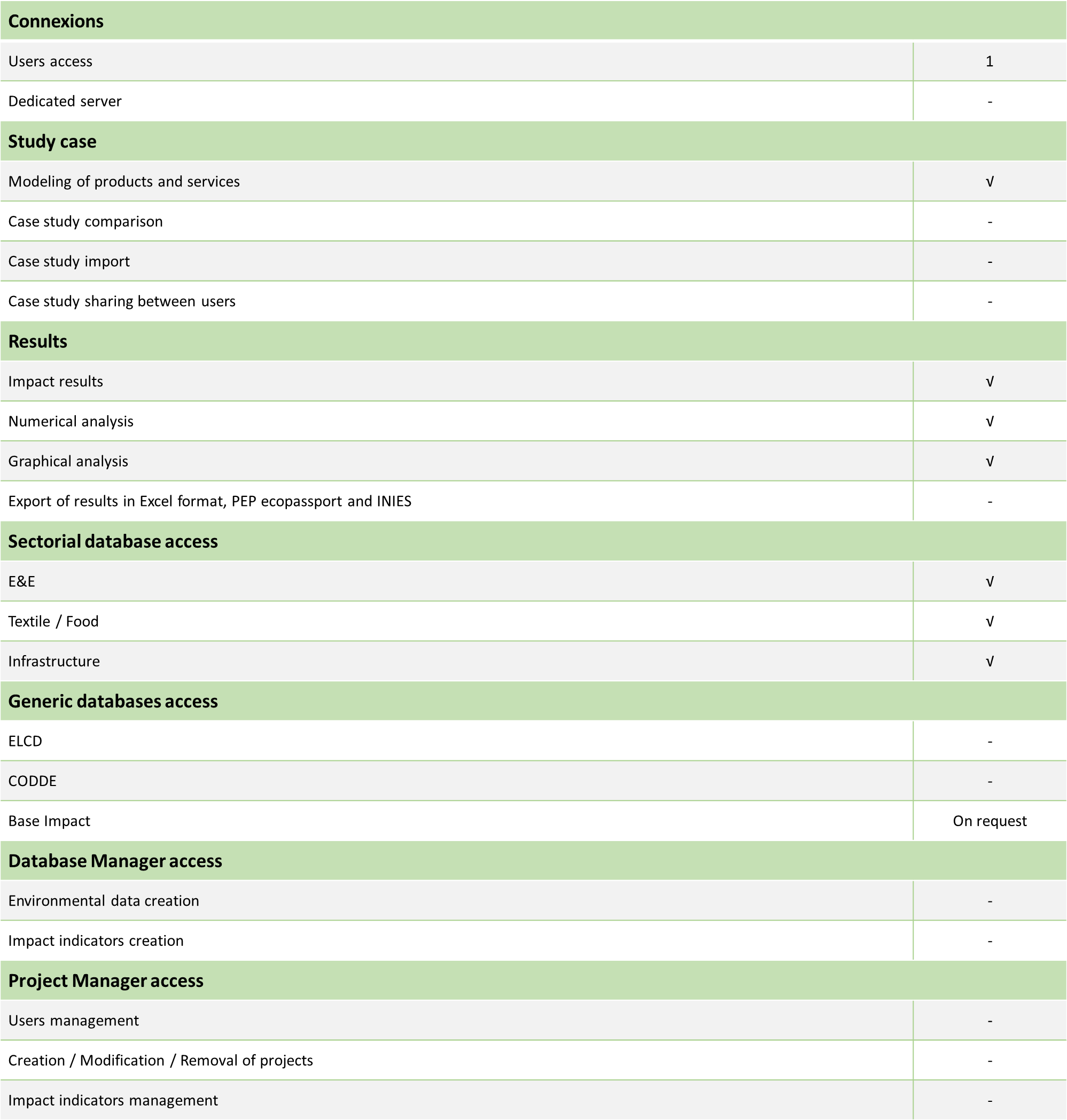

 SFR/Vodafone – Affichage environnemental
SFR/Vodafone – Affichage environnemental Conforama – Affichage environnemental
Conforama – Affichage environnemental Alstom Transport – Déclarations Environnementales Produit (DEP)
Alstom Transport – Déclarations Environnementales Produit (DEP) Schneider Electric – Product Environmental Profile (PEP)
Schneider Electric – Product Environmental Profile (PEP)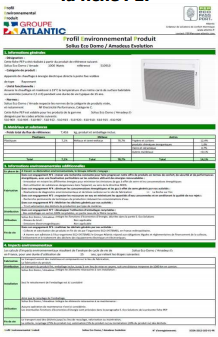 Atlantic – Product Environmental Profile (PEP)
Atlantic – Product Environmental Profile (PEP)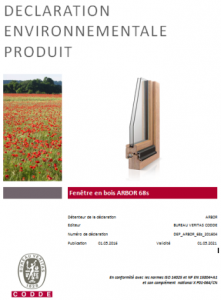 Arbor – Fiche Déclarations Environnementale et Sanitaire (FDES)
Arbor – Fiche Déclarations Environnementale et Sanitaire (FDES)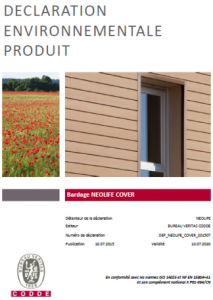 Neolife – Fiche Déclarations Environnementale et Sanitaire (FDES)
Neolife – Fiche Déclarations Environnementale et Sanitaire (FDES) Atlantic – Communication Environnementale pour le grand public
Atlantic – Communication Environnementale pour le grand public